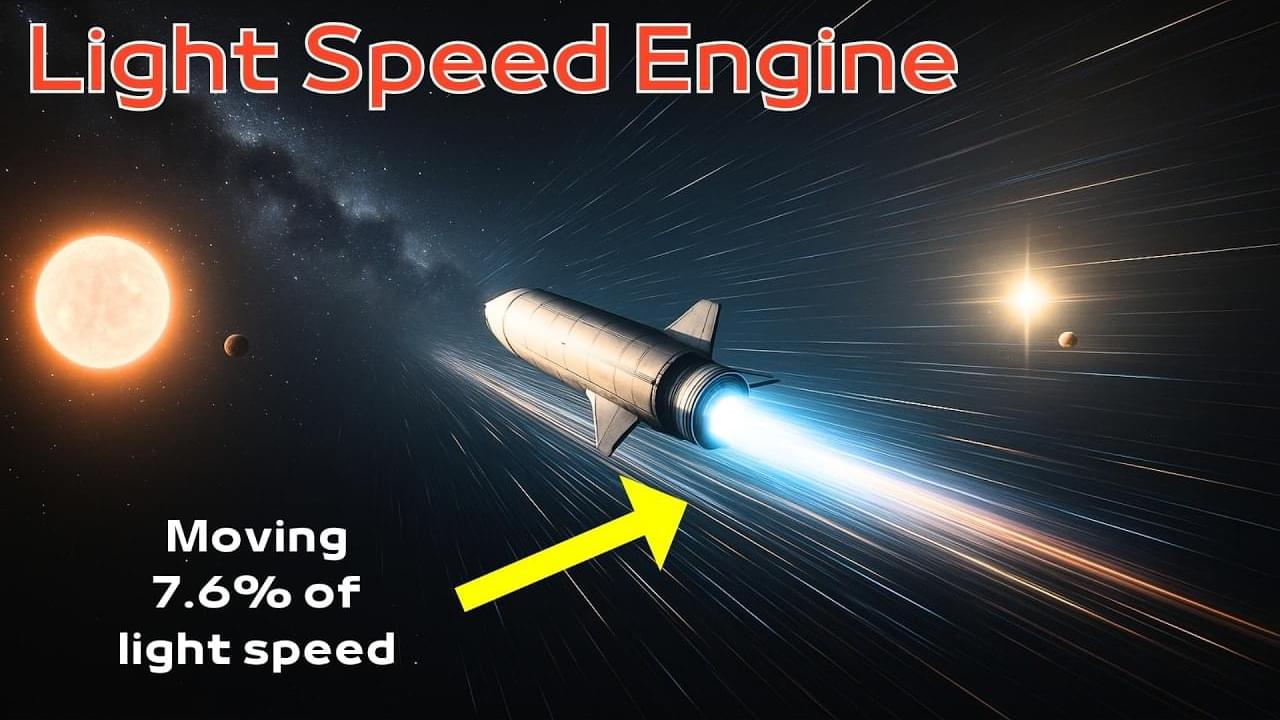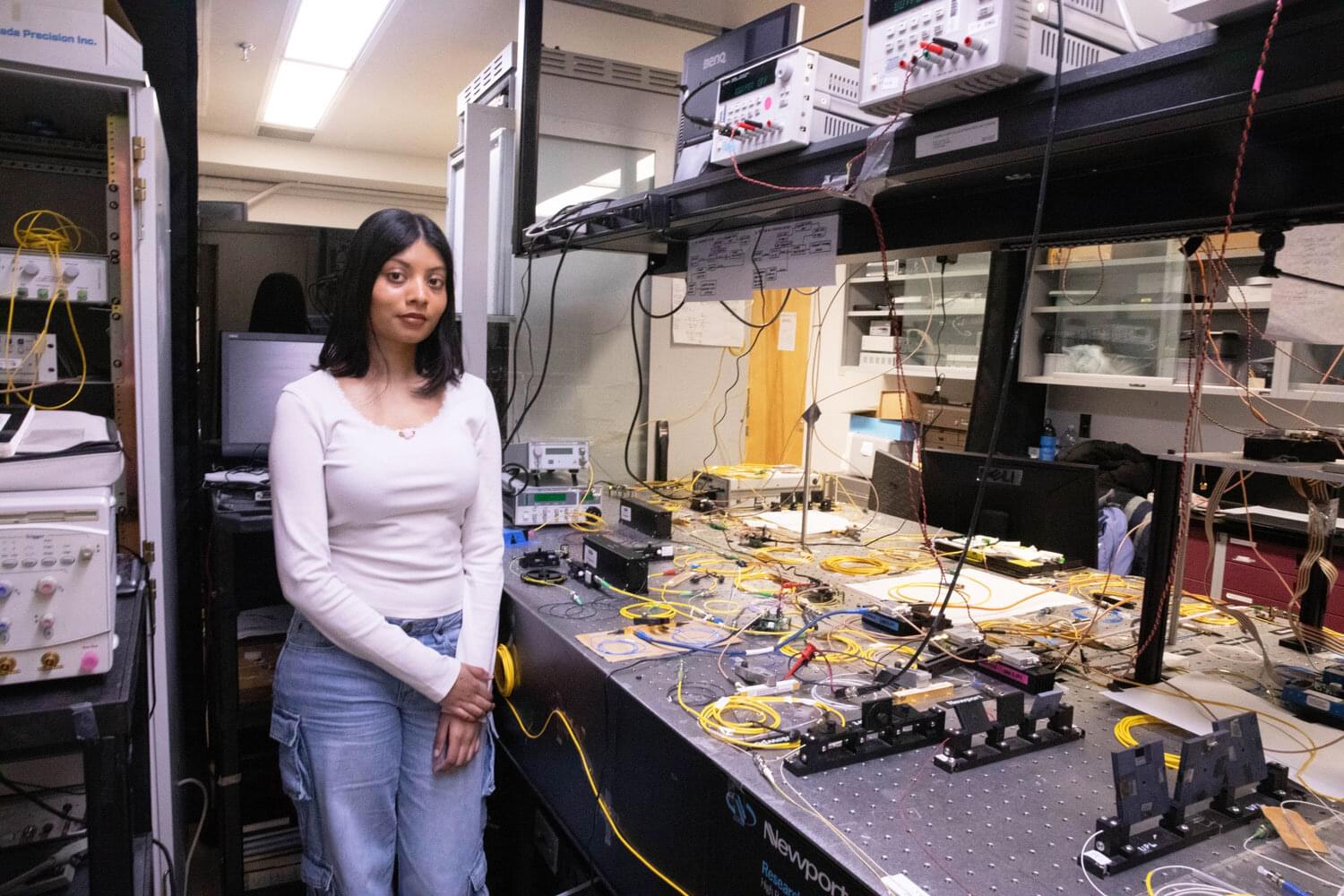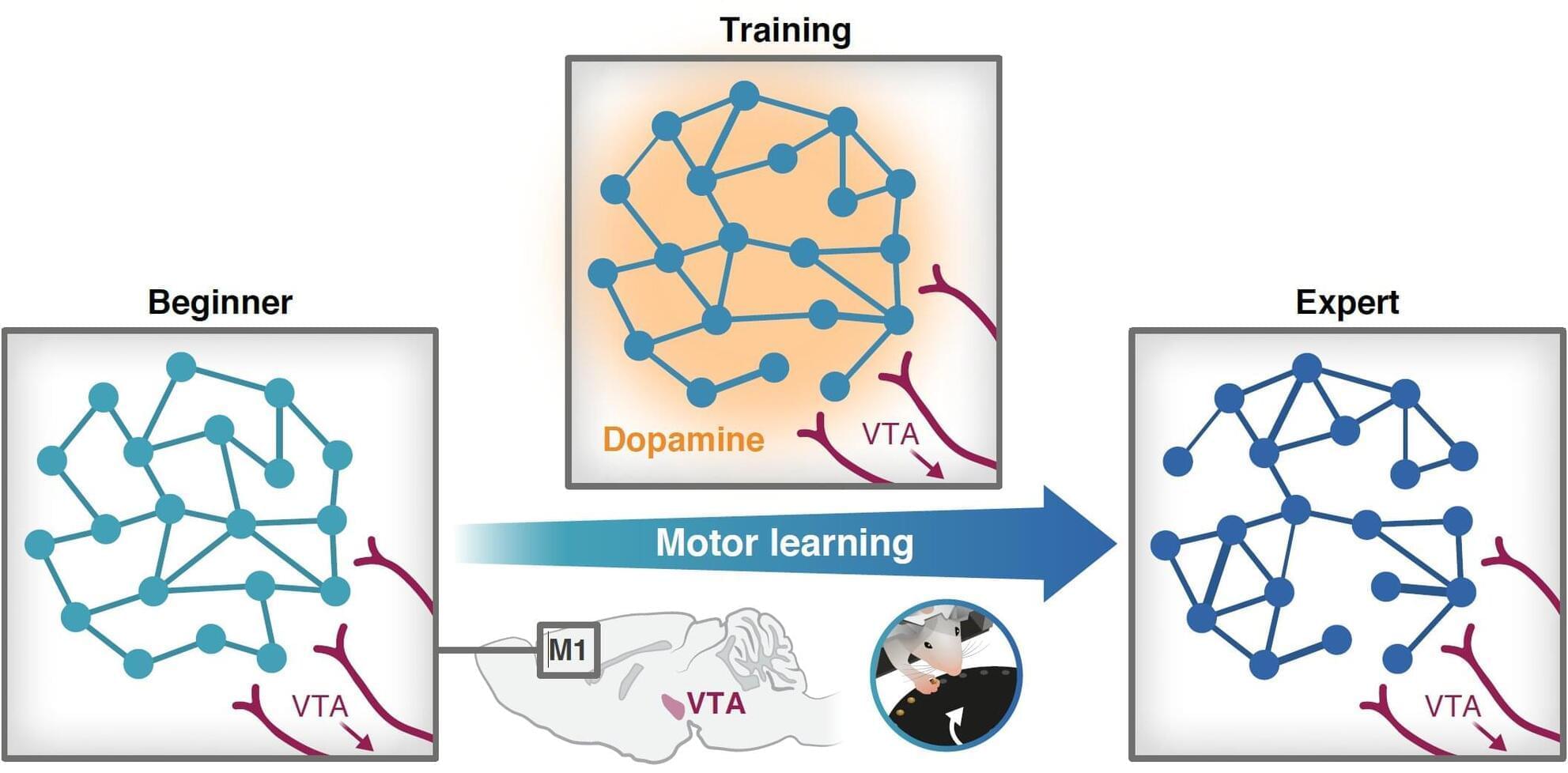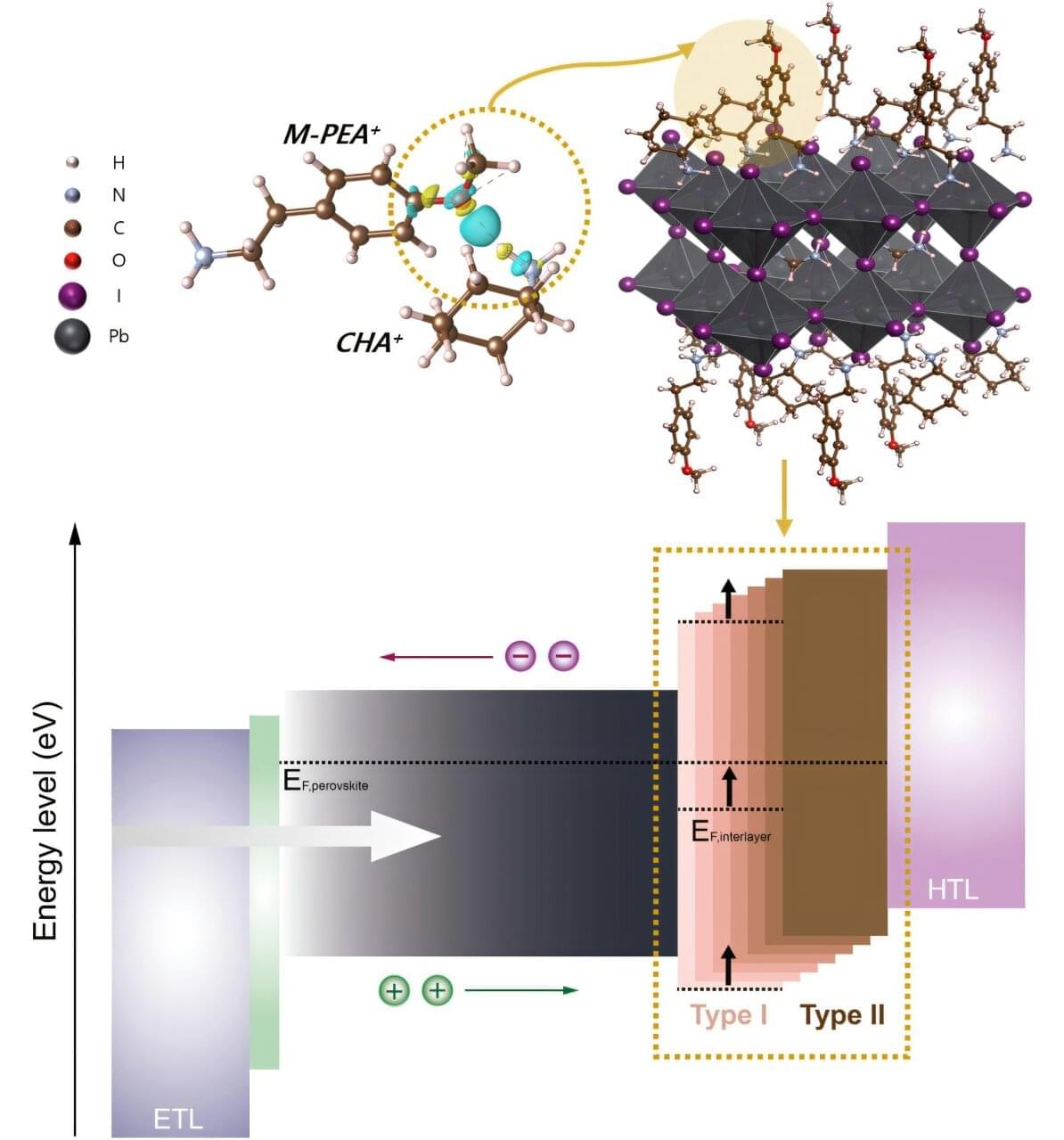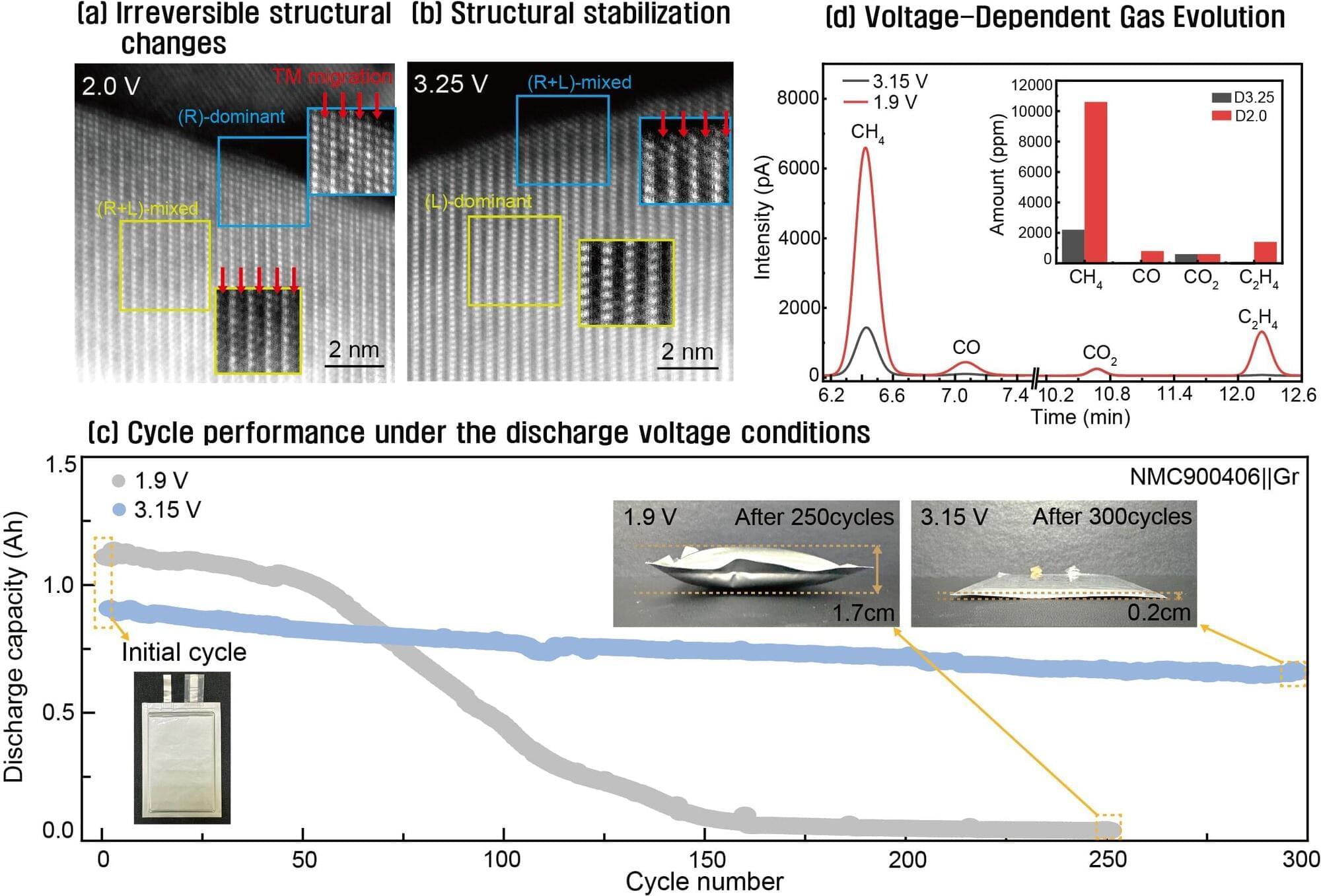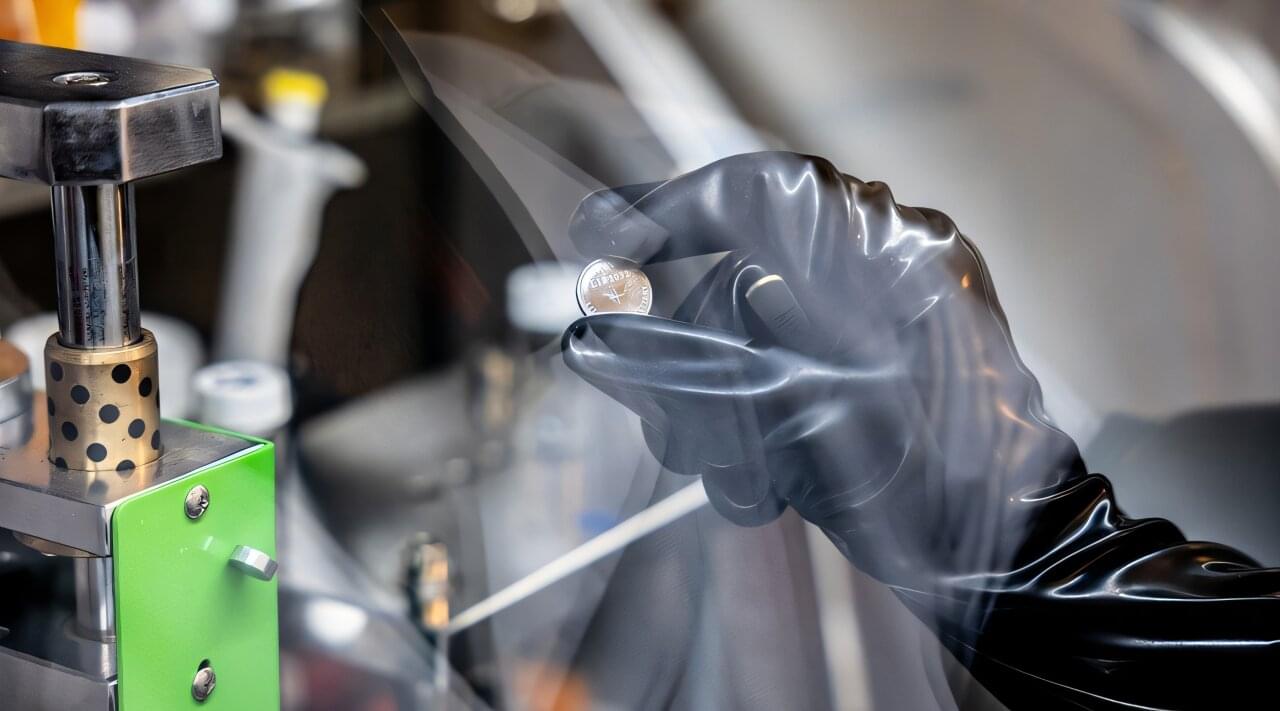Could we reach Alpha Centauri in just 60 years? The Nuclear Salt Water Rocket (NSWR) might be the answer! With speeds of up to 7.6% of light speed, this game-changing propulsion system could make interstellar travel a reality within a single human lifetime. But how does it work? What challenges stand in the way? In this episode, we break down everything you need to know about NSWR and its potential to revolutionize space travel!
Watch now and explore the future of interstellar exploration!
Paper link : https://path-2.narod.ru/design/base_e… 00:00 Introduction 00:58 How the NSWR Works and Its Breakthrough Potential 03:41 Feasibility and Engineering Challenges 06:30 The Potential Impact on Space Exploration 09:35 Outro 09:44 Enjoy MUSIC TITLE : Starlight Harmonies MUSIC LINK : https://pixabay.com/music/pulses-star… Visit our website for up-to-the-minute updates: www.nasaspacenews.com Follow us Facebook: / nasaspacenews Twitter:
/ spacenewsnasa Join this channel to get access to these perks:
/ @nasaspacenewsagency #NSN #NASA #Astronomy#NuclearSaltWaterRocket #SpaceExploration #InterstellarTravel #AlphaCentauri #FutureOfSpaceTravel #SpaceTechnology #RocketScience #FastestRocket #NASA #RobertZubrin #DeepSpaceExploration #SpacePropulsion #NuclearRockets #Physics #Astrophysics #NewSpaceRace #SpaceEngineering #CosmicExploration #BeyondOurSolarSystem #WarpDrive #Science #SpaceScience #RocketTechnology #StarTravel #FusionPropulsion #MarsToStars #LightSpeedTravel #FuturisticTechnology #HighThrustPropulsion #SpaceFrontier #NextGenSpacecraft.
Chapters:
00:00 Introduction.
00:58 How the NSWR Works and Its Breakthrough Potential.
03:41 Feasibility and Engineering Challenges.
06:30 The Potential Impact on Space Exploration.
09:35 Outro.
09:44 Enjoy.
MUSIC TITLE : Starlight Harmonies.
MUSIC LINK : https://pixabay.com/music/pulses-star…
Visit our website for up-to-the-minute updates:
